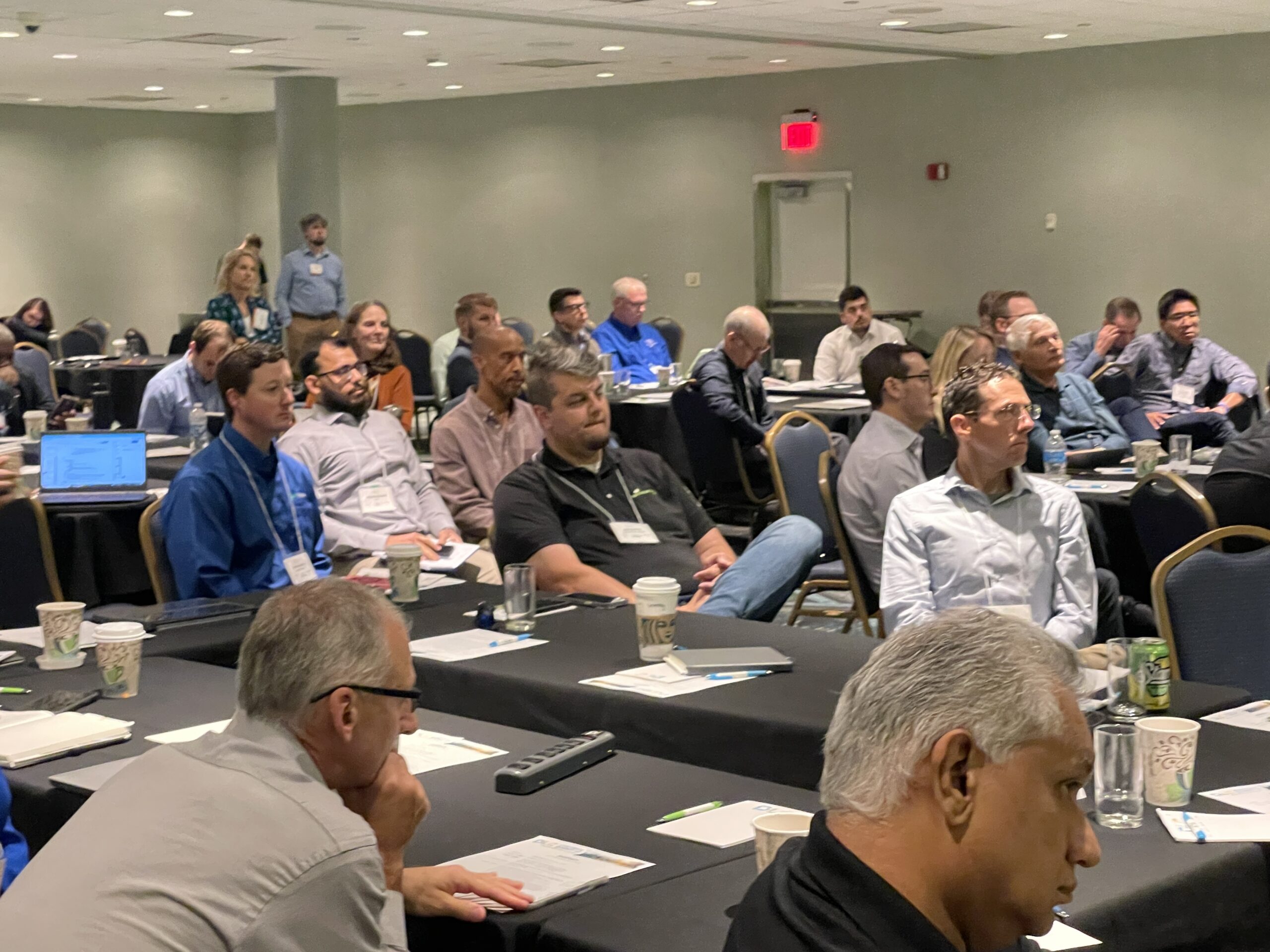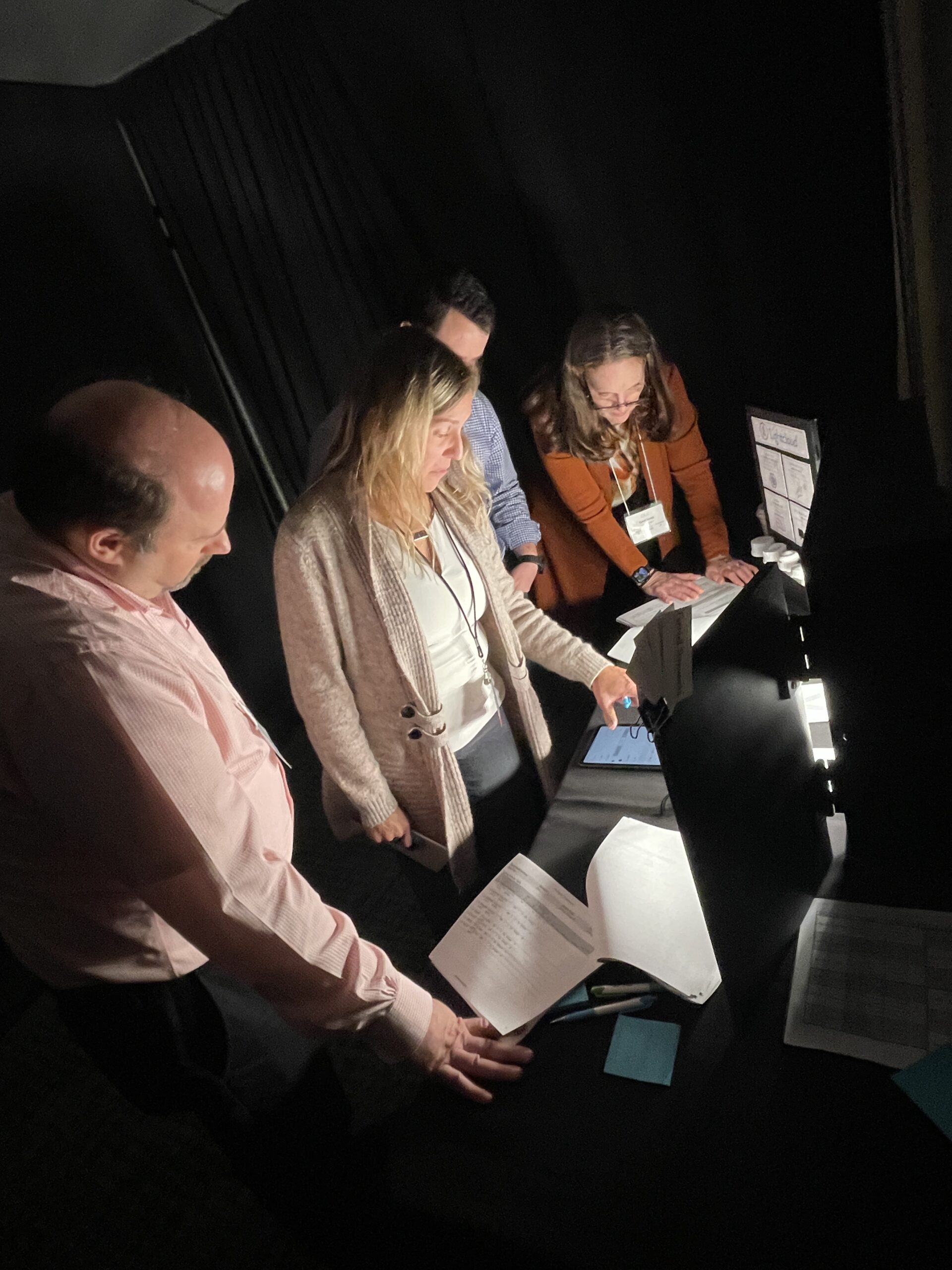Your humble editor attended the DLC Controls Summit 2023 in Detroit last week. The audience was quickly immersed in discussions and presentations that revolved around the potential of additional energy savings using networked lighting controls. This marked my first in-person attendance at a DLC event since the onset of the pandemic, and there were approximately 100 industry professionals convening from diverse segments.
Tina Halfpenny, the Executive Director/CEO of DLC, hosted the event and set the tone with her welcoming remarks. It was evident that the control strategy in the realm of lighting continues to evolve. Today’s approach underscores the importance of HVAC savings. This is not merely due to the reduced heat from LEDs but also the use of lighting controls to detect occupancy, and schedule HVAC based on occupancy.

A Look Back: 10 Years of DLC Achievements
- To date, over 1 million products have achieved DLC qualification, with roughly 300,000 SKUs currently being controllable and listed on the QPL.
- 2,500 manufacturers have seen their products qualified under DLC standards. As of now, approximately 700 manufacturers have qualified products.
- 75% of North American energy efficiency programs stipulate DLC requirements.
- The last 10 years saw lighting energy consumption in the US commercial sector decrease from 17% to 11%.
- 94% of US commercial buildings have a footprint smaller than 50,000 square feet, less than one-third of these buildings have incorporated lighting controls.
Connie Lilly, LEED AP, and Executive Director of Detroit 2030 District, provided insights about the 2030 Architecture Challenge. This challenge was pioneered by architect Ed Mazria in 2005, presenting an open challenge to architects globally. The primary objective? To push the boundaries in building design and renovation with a focus on curbing emissions by conserving energy, water, and minimizing transportation emissions. This eventually led to the Seattle 2030 District in 2010 with DOE backing. Today, 24 cities proudly host these districts, with Michigan taking the lead by hosting three districts.
The afternoon session focused on smaller buildings and the need for tools to scale lighting system installation and adoption and was focused on the verification process more than the specification process.
We heard from a number of utilities that incentives for lamps and luminaires are ending in the next couple of years, (2024 for MA and 2025 for New York) unless they are controlled and networked.
A highlight of the conference was the interactive session, where attendees were segmented into pods. Each pod was tasked with addressing a pressing issue: The evident siloing of the Lighting and HVAC industries. The challenge was to conceive innovative strategies that would eliminate the need for constant translation between these industry silos.

This interactive brainstorming was followed by a hands-on event where teams raced against an 8-minute clock. The mission? Troubleshoot control issues in a conference room and an office setup, addressing problems like glare and finetuning occupancy sensor timings. The exercise proved the point, at least to me, utilities are hesitant to offer incentive programs supporting NLCs if they can’t verify the savings. The utility could offer the rebate, inspect the site, and, at a later date, someone changes a setting and the savings don’t materialize.
As lighting becomes progressively efficient, each new addition to the networked lighting control system conserves less energy. This naturally diminishes the appeal of efficiency incentives. The solution lies in integrating NLC with external systems, notably HVAC. This integration can not only salvage energy savings but potentially even reverse the current decline trend.




